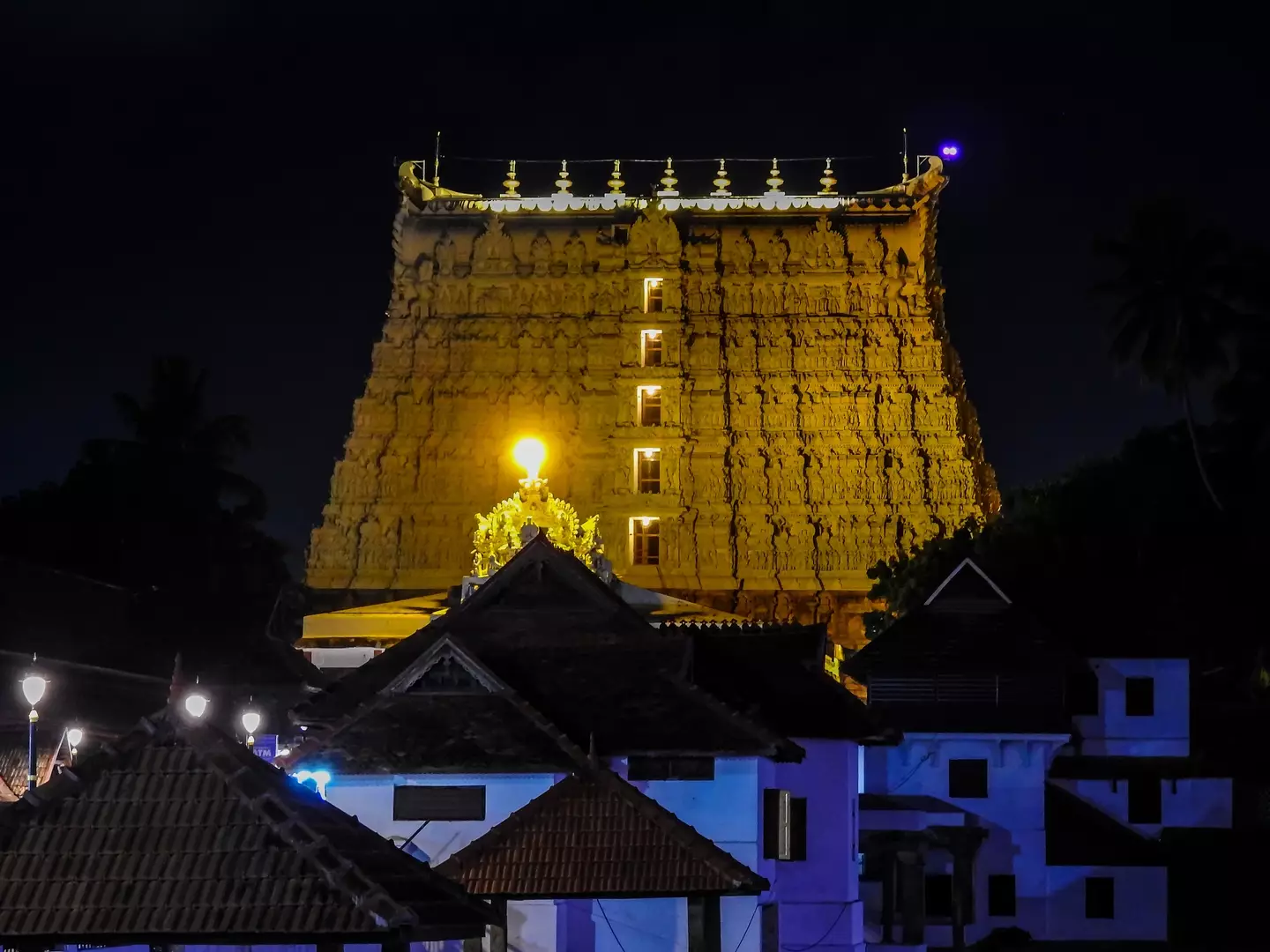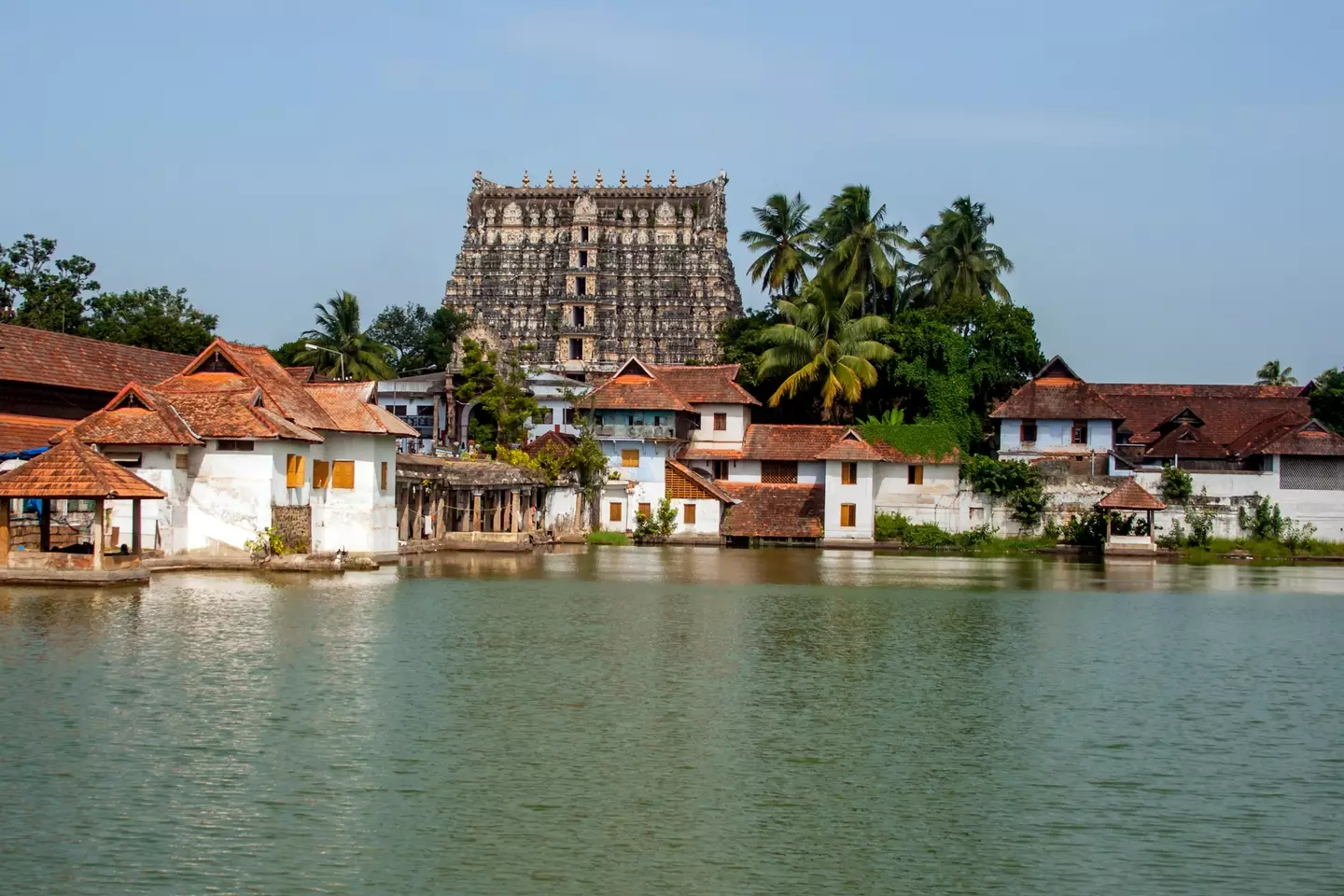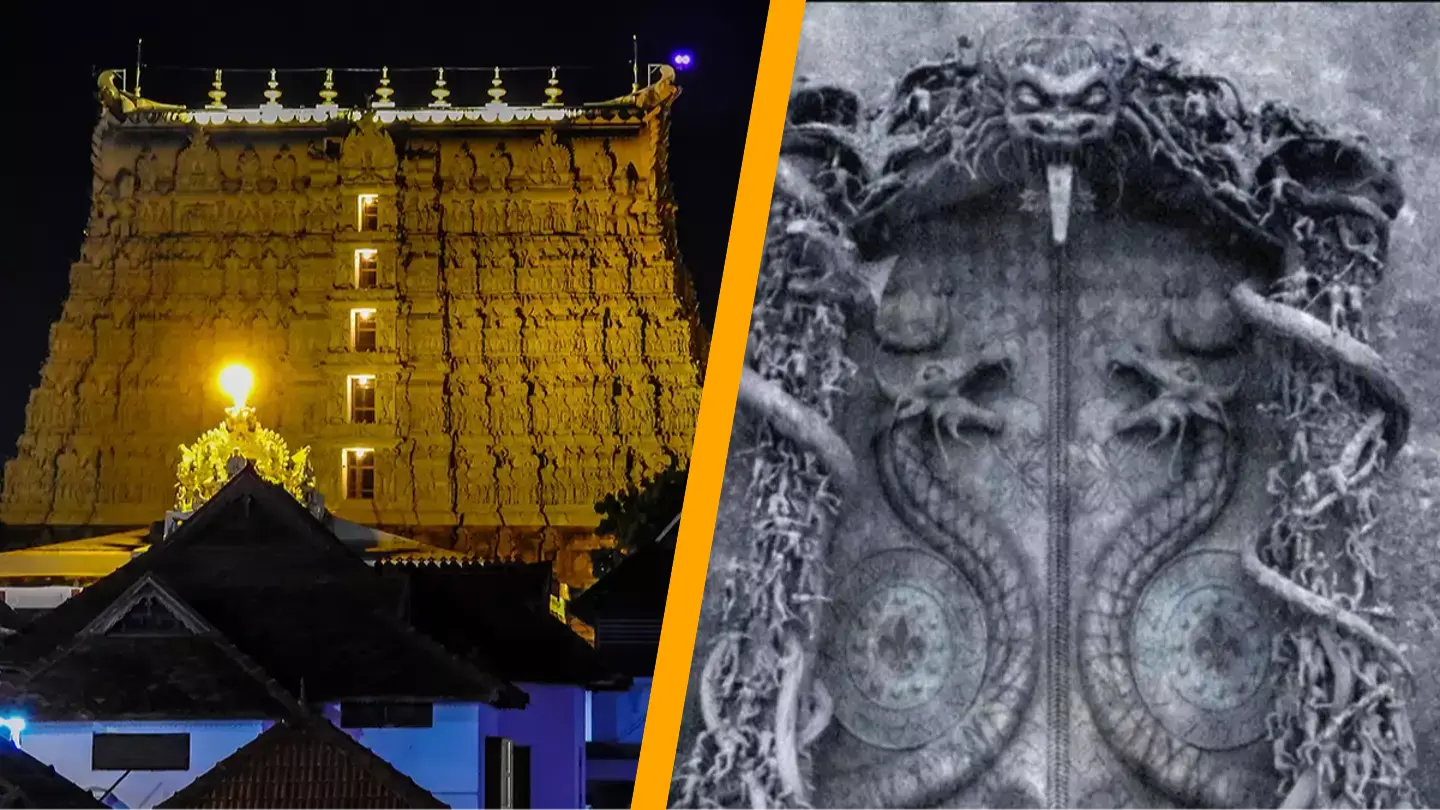A temple reputed to hold treasures worth a trillion dollars may never see one of its secret chambers opened.
The Shree Padmanabhaswamy Temple, located in India and dedicated to Lord Vishnu, is considered the richest temple globally.
This renowned temple contains six vaults, but only five have been accessed.
In 2011, following a Supreme Court order sparked by a petition for transparency in the temple’s management, five of the vaults were opened.
A court-appointed team discovered vast amounts of treasure including gold, silver, diamonds, and other precious gems in these chambers.
However, the last vault, known as Vault B, remains sealed.
Although the contents of Vault B are uncertain, it is speculated to hold immense treasures amassed during the reign of the Travancore king, according to The News Minute.
The temple management claims that Vault B is protected by supernatural forces, and anyone attempting to open it will face dire consequences.

Reports also suggest that giant cobras guard the vault, making it seem even more formidable.
Additionally, it is rumored that Vault B could have an opening facing the Arabian Sea, as reported by The Times of India.
This speculation arose because some temple officials allegedly heard the sound of waves when attempting to open the chamber.
Nonetheless, Auditor General Vinod Rai has disputed these claims, stating to the Supreme Court that the chamber had been opened at least seven times since 1990 without incident, as reported by Forbes.
Though nothing adverse occurred following these openings, the risk remains a deterrent.
There are many temples with such mysteries like Shree Padmanabhaswamy still being discovered today.
In a related discovery, earlier this year, a group of students accidentally found a lost Mayan city.

Luke Auld-Thomas, a Ph.D. candidate in Archaeology at Tulane University, made the discovery using Google Maps.
Auld-Thomas said, “I was on something like page 16 of Google search and found a laser survey done by a Mexican organization for environmental monitoring.”
He revealed that the survey overlooked a large city believed to have housed 30,000 to 50,000 people around 750 to 850 AD.
Easy mistake to make, I assume…

